
Like clockwork, a band of Syrian children emerge every afternoon along a stretch of seaside avenue in the Raouché District of Beirut, peddling red roses and darting between taxis and luxury SUVs into the early morning to meet daily quotas. For most of the young refugees, selling flowers is the reality of a poverty they were born into: a method of generating an income for their families while also being exploited by middlemen and traffickers they may or may not be related to.
A small sectarian state that is still recovering from its own wars, internal strife, and consistent political corruption, in addition to hosting a pre-existing Palestinian refugee population, Lebanon is heavily affected by the protracted civil war in next-door Syria. One quarter of Lebanon’s population is now made up of refugees from Syria, according to the United Nations High Commissioner for Refugees (UNHCR).

Some 1,500 children are reportedly working the streets in Beirut alone according to the International Labor Organization (ILO), a number that, in reality, is thought to be at least twice as much. “This statistic counts only hot spots where children are most concentrated,” says ILO’s child labor consultant, Hayat Osseyran. “This number could easily be double… at least 3,000 in the hot spot areas alone.”
Despite being the norm of any pedestrian’s daily commute in cities like Tripoli and Beirut, child labor is technically illegal in Lebanon, as is begging. This leaves street children highly vulnerable to arrest as well as exploitation by individuals, while those responsible for placing them in the street are frequently overlooked by local authorities.
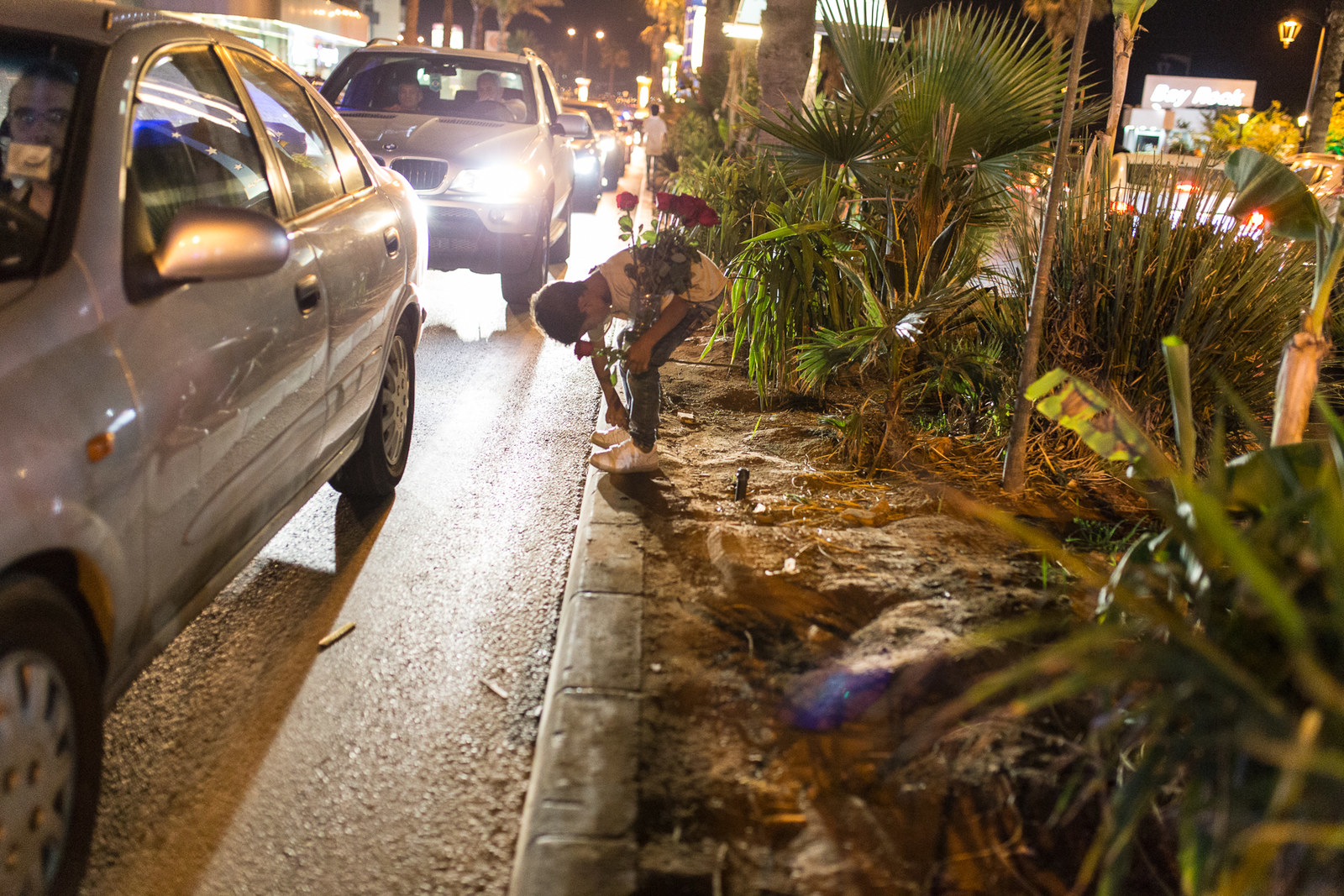
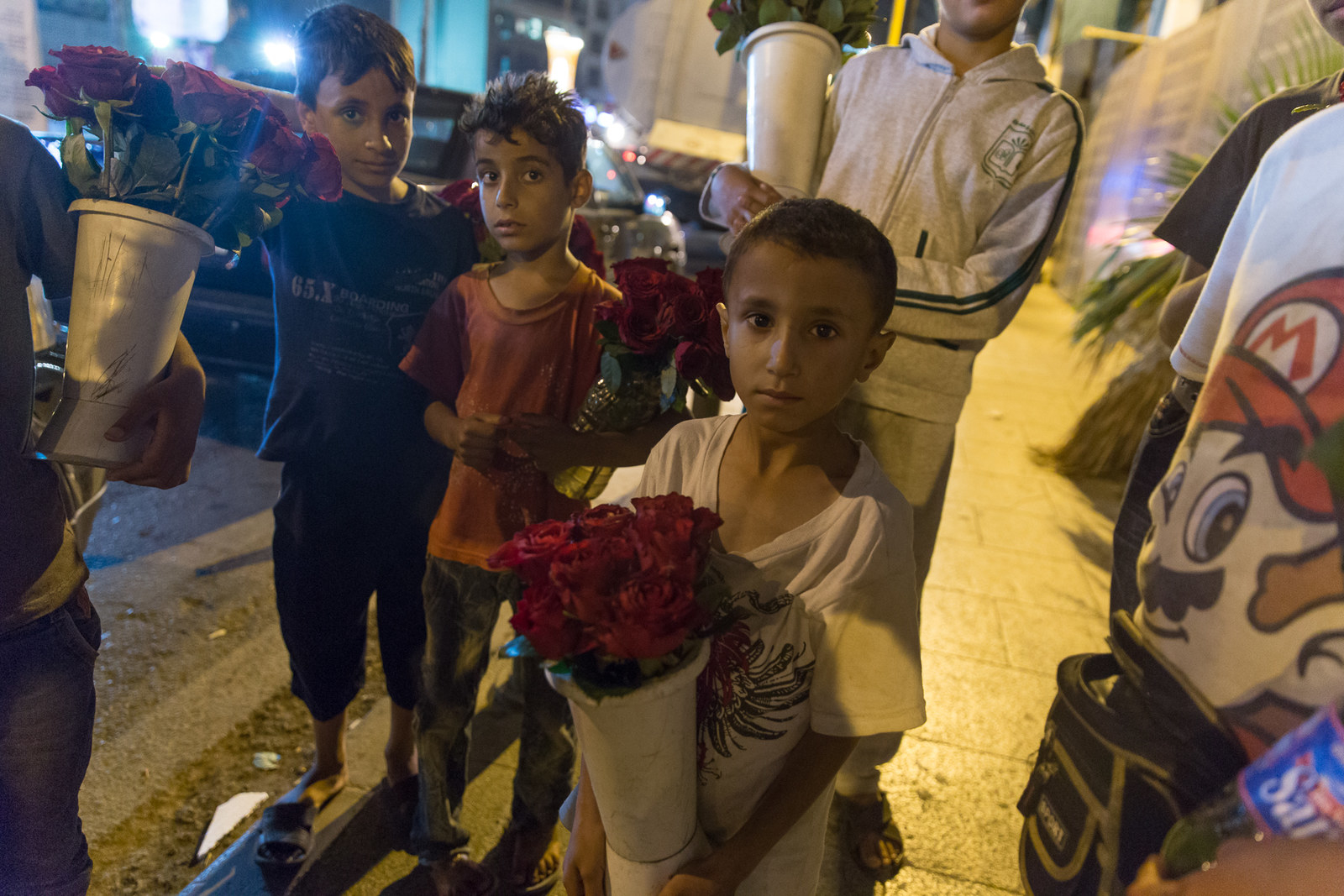

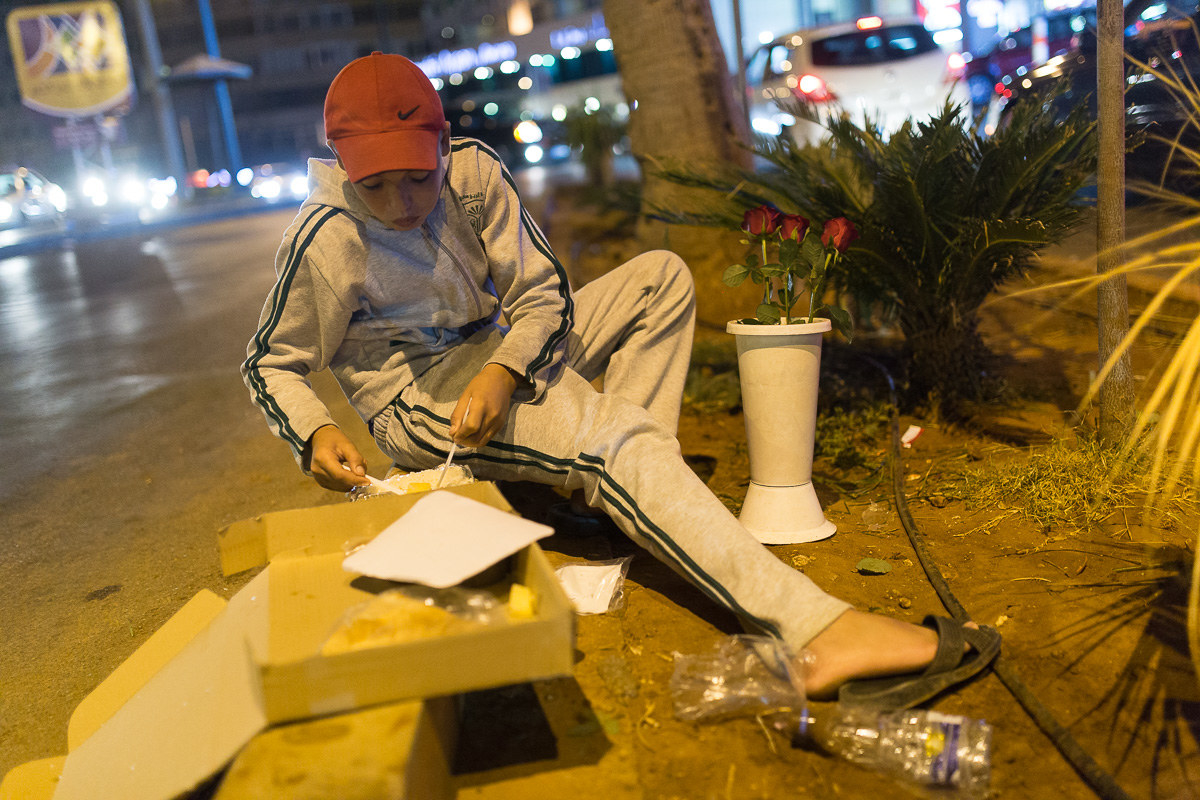
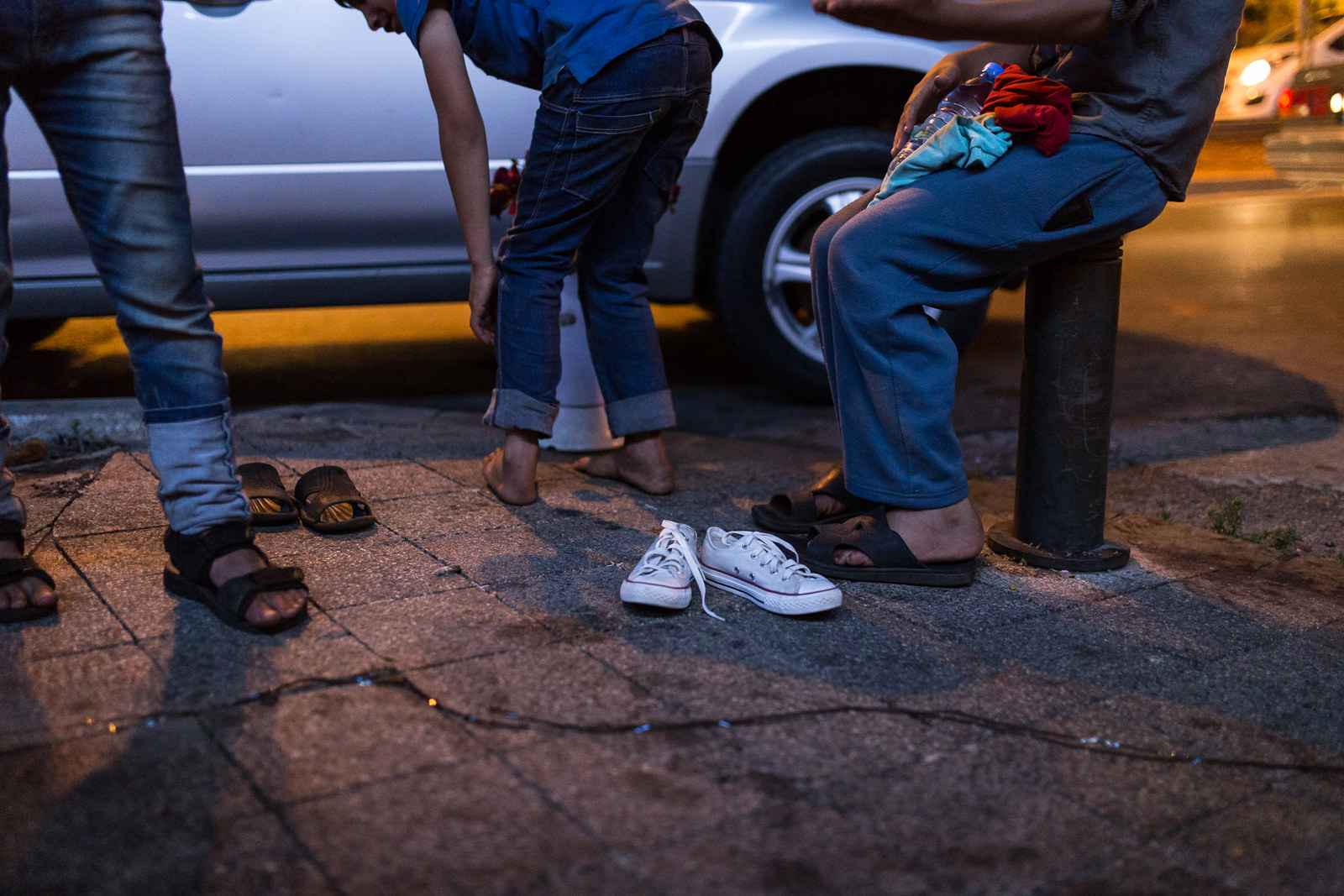
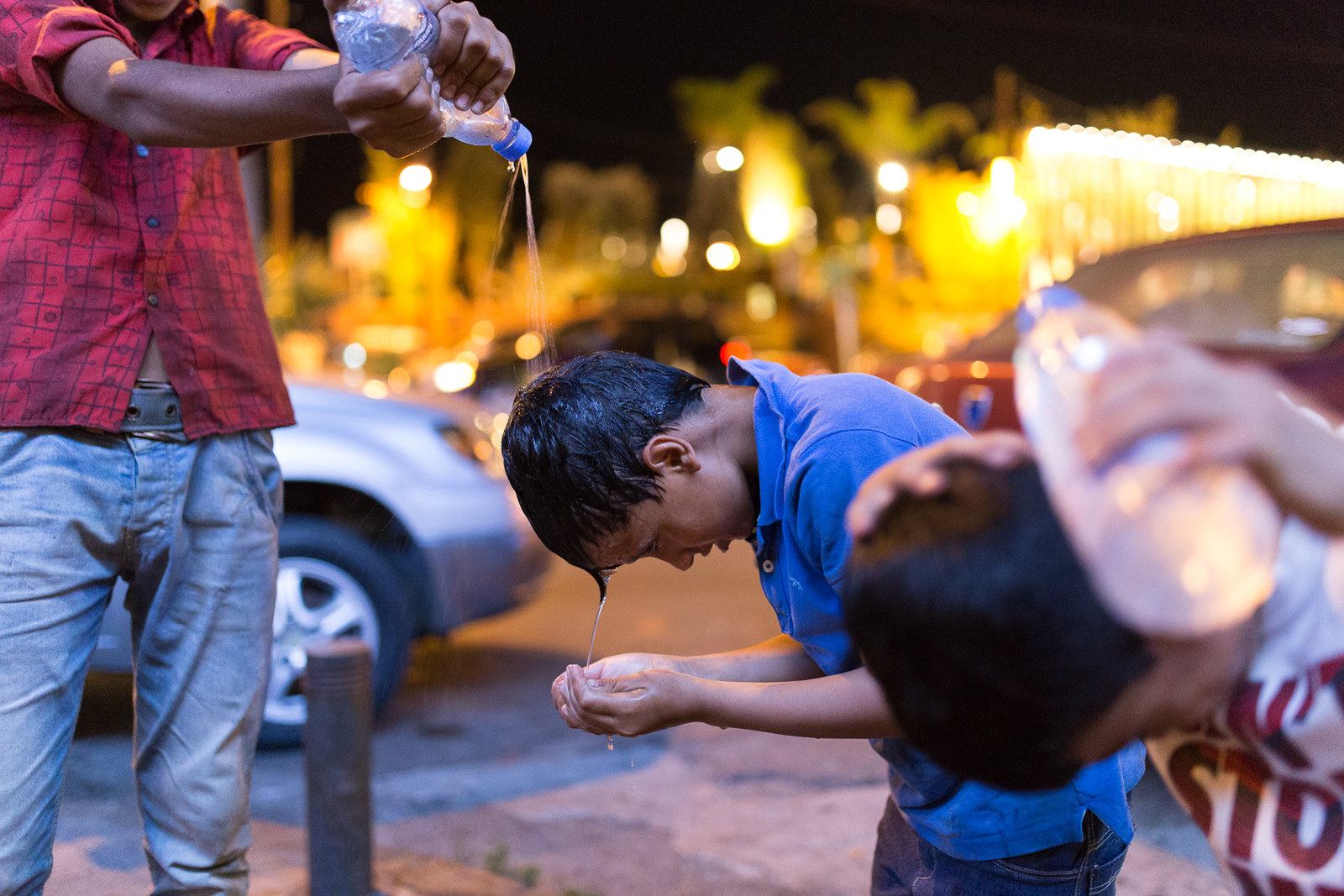


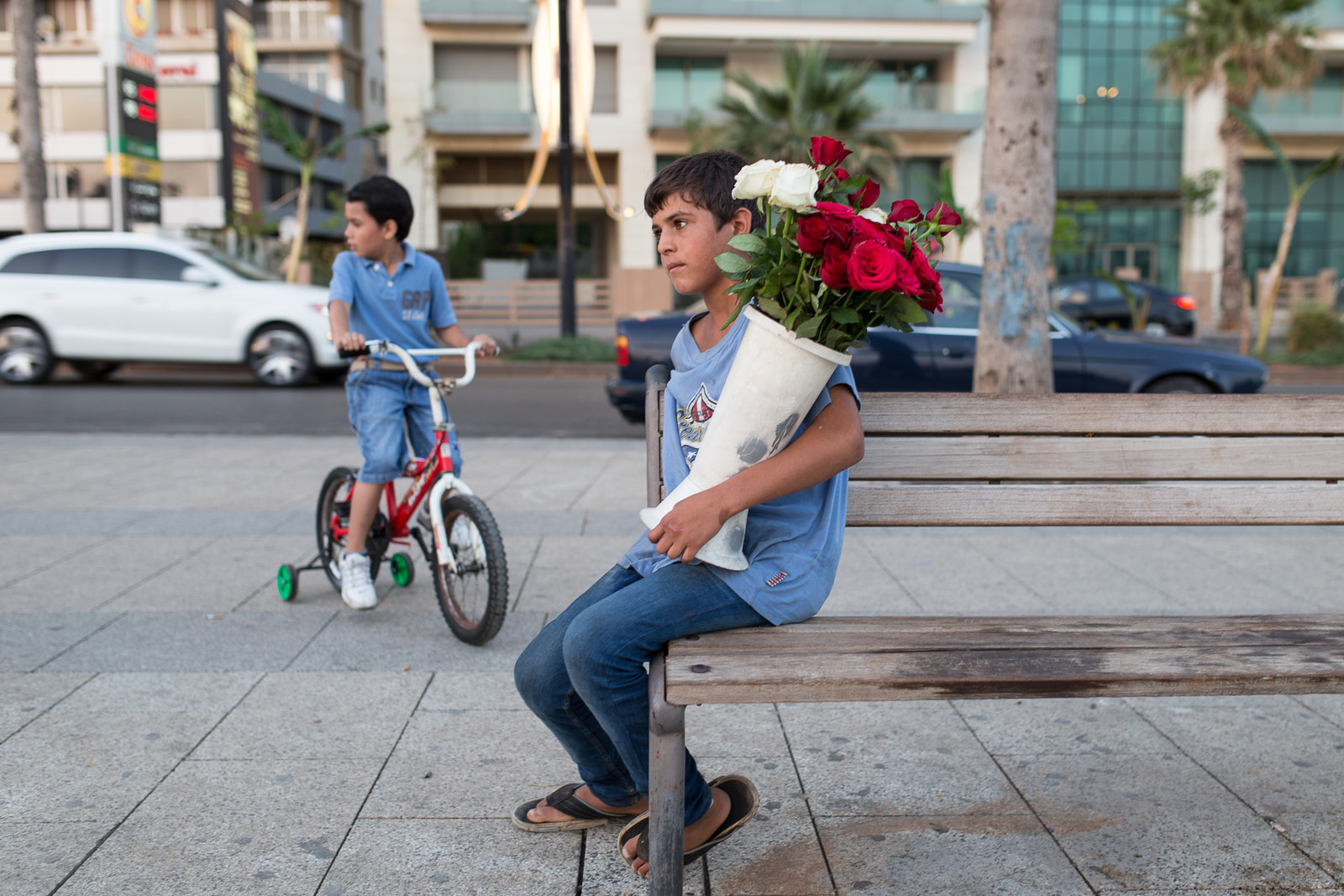
*Names have been changed to protect the identify of the boys

